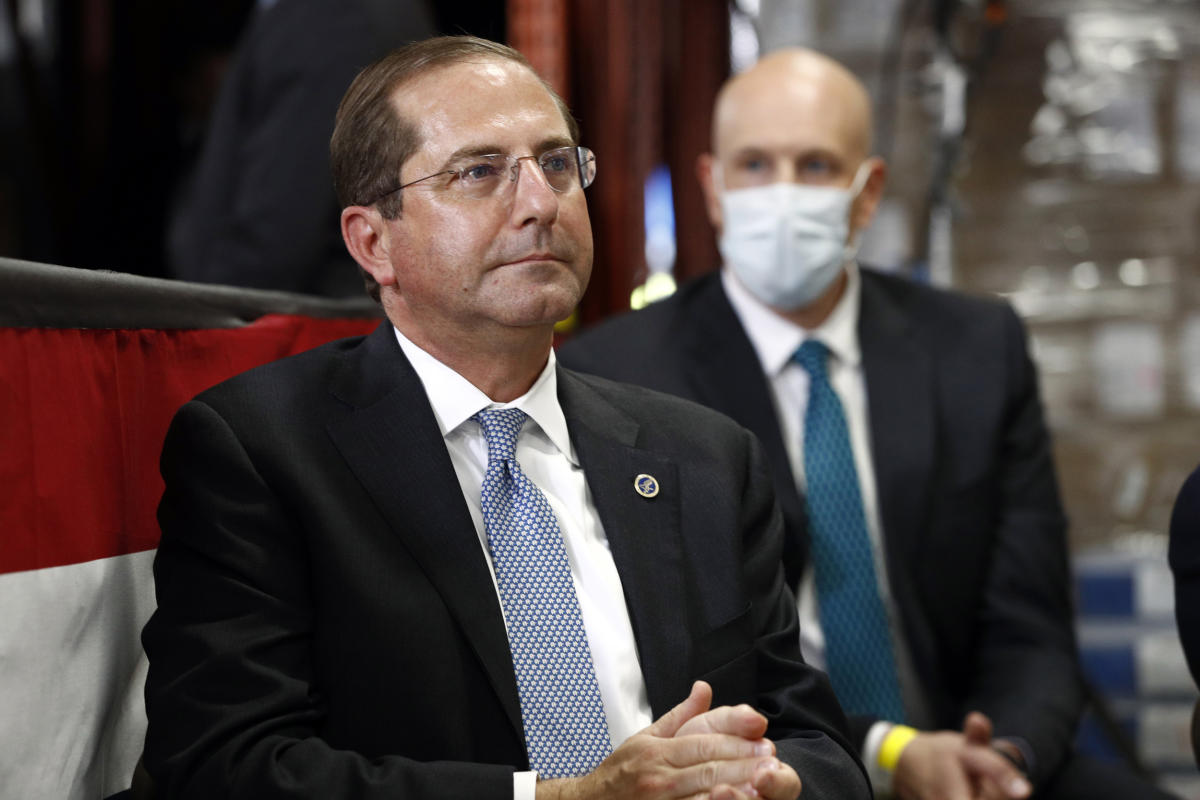Do you people understand what a survivability rate is? 99.8% survivability is not a percentage of the population, it's the percentage of people who become infected with COVID. This analogy to how many people 0.2% of a Disney attraction capacity is and how many would die per hour on SDD is very ignorant. To have a 0.2% chance (not taking into account age) of dying of COVID, first you have to become infected with it.
You're completely missing the point that 0.2% can be a HUGE number. That's exactly the point of asking if people would still go to a show or ride an attraction if 0.2% of people died on it. It's got nothing to do with how those things compare to COVID.
People in general look at 0.2% and think that's it's a super small chance, practically never happens. They think something like "If I take action X and there's a 0.2% chance that something bad may happen then it's totally safe to take action X.". And, for a single individual in a single event, that's going to be true the vast majority of the time.
But, that's not what is going on. It's not a single event with that chance. It's 10,000,000 or 100,000,000 or more events. At that point, 0.2% is a HUGE number. If the risk was 0.2% of 100,000,000 will break a finger. We might be just fine with 200,000 broken fingers. The impact of a broken finger while bad isn't catastrophic. But, as the impact becomes more severe, even a risk that small becomes a much bigger deal. It's hard to get much more severe than death.
So, yes, when people say "Getting COVID is no big deal, the death rate is only 0.2%", my assumption is they're not picturing 0.2% correctly in comparison to the severity of the risk. The example of 1,000 people do an activity for 1,000 distinct events where 0.2% of those events result in death is exactly the comparison to illustrate the risk better. With no relation at all to COVID but simply a safety factor of going to a show. If a 1,000 seat theater is only 0.2% safe from death each show, then 2 people would die every show. Would the same people who say 0.2% is no big deal not worry about seeing a show in that theater?
Since the concept of "0.2% no big deal" always comes up in the context of doing less to reduce community spread. The alternative to thinking 0.2% isn't being pictured well is that these same people are totally fine with many hundred thousand or millions of deaths. I choose to think it's a visualization problem and not people who don't care about that many deaths.


